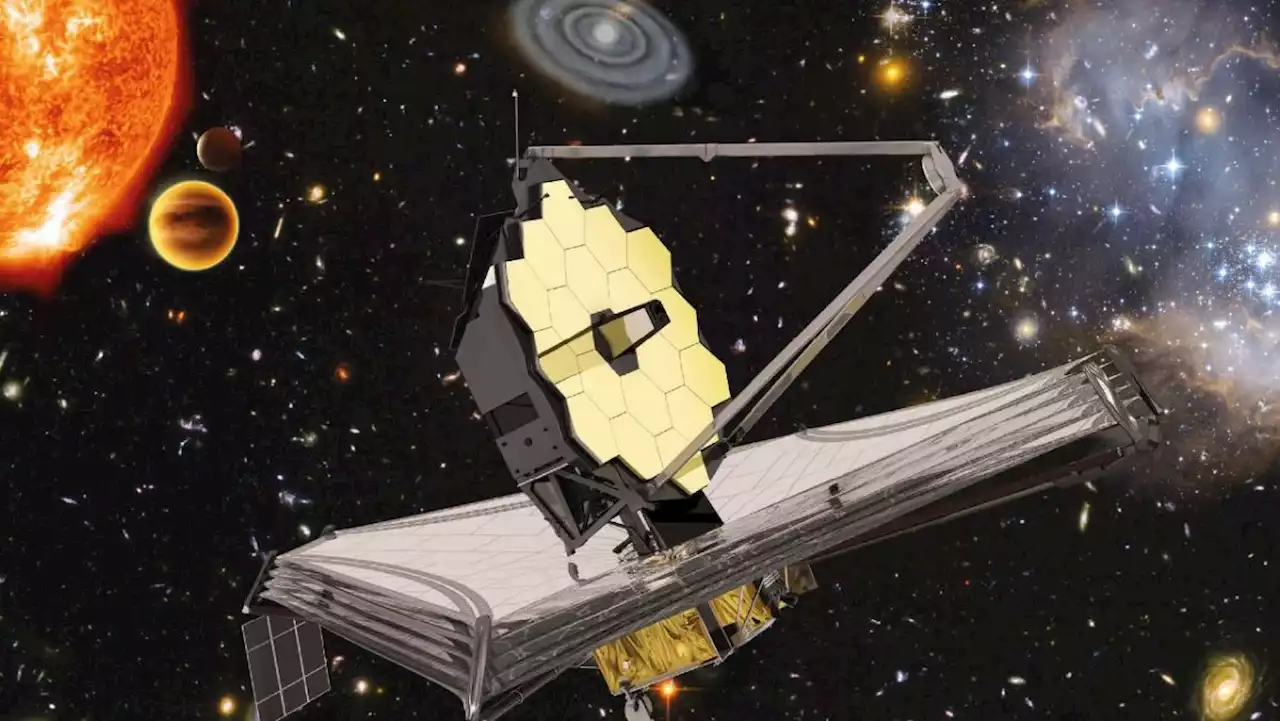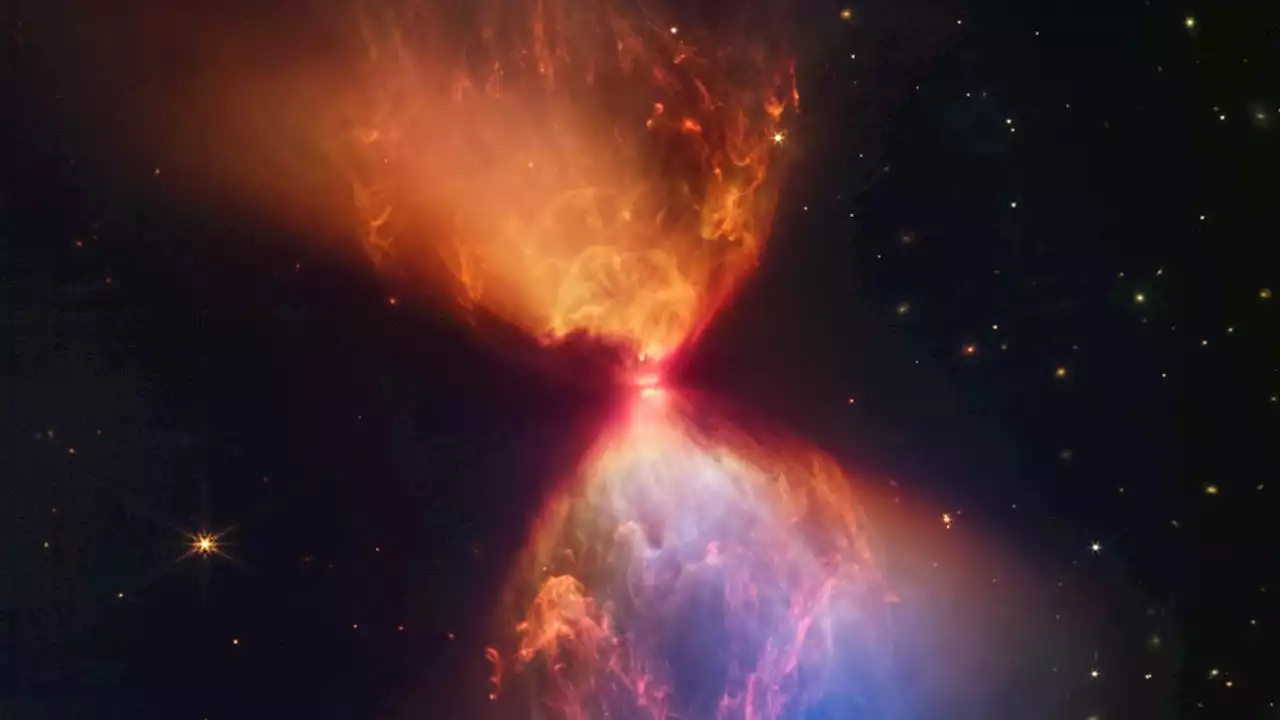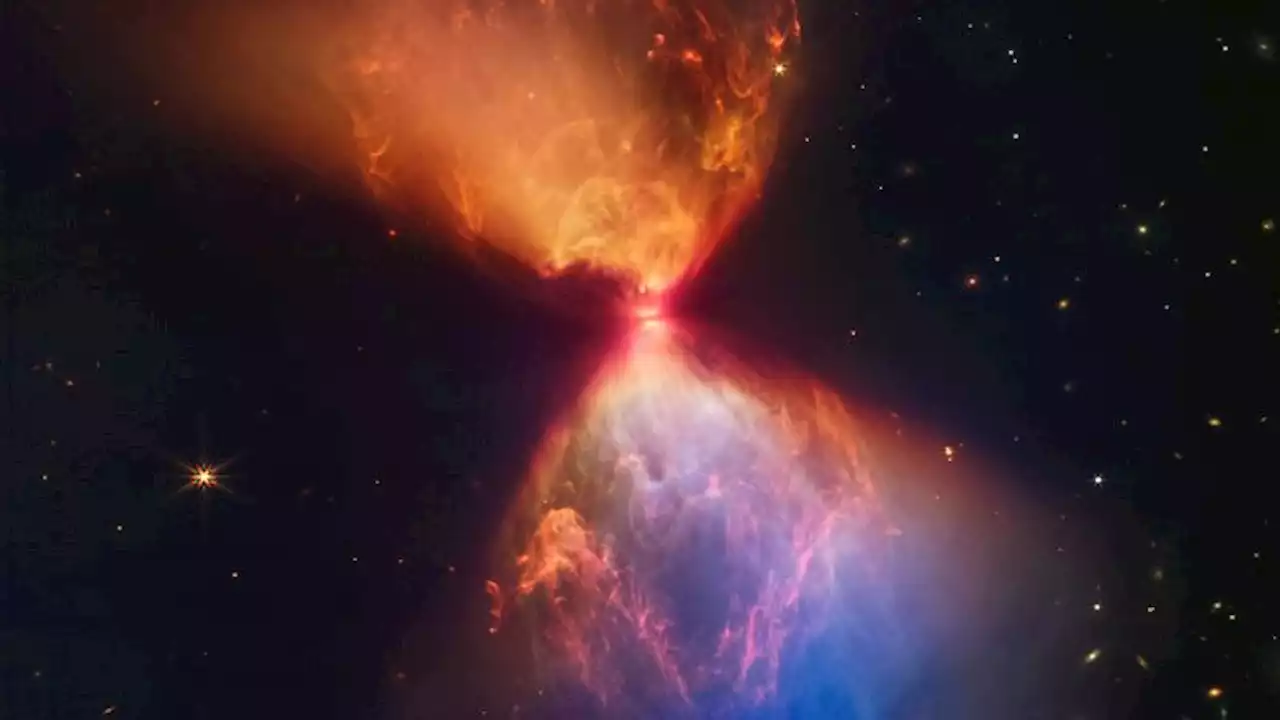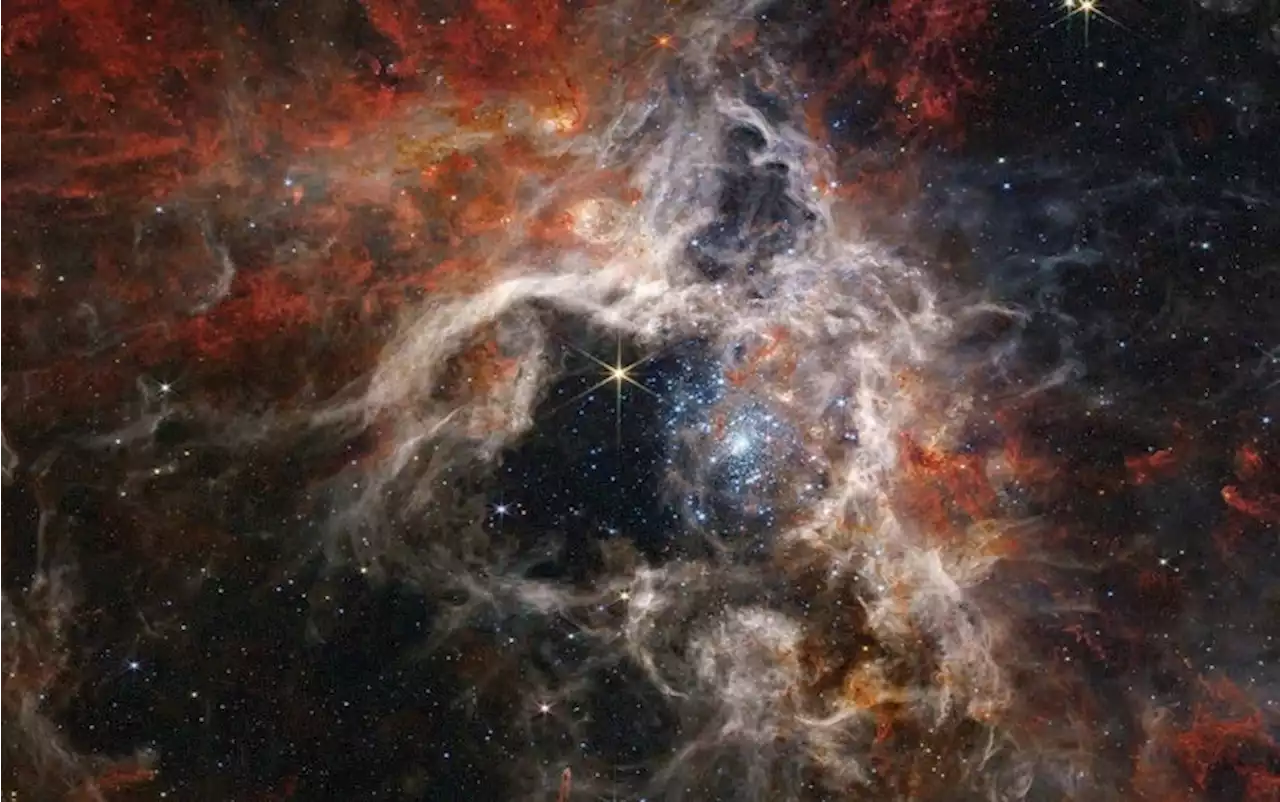Scientists say the new observations are just the tip of the iceberg of new discoveries coming in from Webb.
The James Webb Space Telescope has spotted a remote, reddish galaxy shining just 350 million years after the birth of the cosmos 13.8 billion years ago, surprising astronomers who are struggling to figure out how stars and galaxies could have formed so rapidly in the wake of the Big Bang, researchers said Thursday.
"We were mostly thinking a couple of hundred million years was likely to be where the very first things formed," he said."But these galaxies potentially are so massive that it may push us back earlier than that two hundred. This is really a great open question -- when did the first stars form? And so these galaxies, I think, will be a pathfinder to that."
The ages of the newly discovered galaxies are not yet fully confirmed — additional spectroscopic analysis is required for that — but astronomers said the observations show clear signs of numerous potentially older galaxies, which would push star formation back even closer to the Big Bang.
Malaysia Latest News, Malaysia Headlines
Similar News:You can also read news stories similar to this one that we have collected from other news sources.
 James Webb Space Telescope tweaks observing plans to avoid micrometeoroidsMeghan is a senior writer at Space.com and has more than five years' experience as a science journalist based in New York City. She joined Space.com in July 2018, with previous writing published in outlets including Newsweek and Audubon. Meghan earned an MA in science journalism from New York University and a BA in classics from Georgetown University, and in her free time she enjoys reading and visiting museums. Follow her on Twitter at meghanbartels.
James Webb Space Telescope tweaks observing plans to avoid micrometeoroidsMeghan is a senior writer at Space.com and has more than five years' experience as a science journalist based in New York City. She joined Space.com in July 2018, with previous writing published in outlets including Newsweek and Audubon. Meghan earned an MA in science journalism from New York University and a BA in classics from Georgetown University, and in her free time she enjoys reading and visiting museums. Follow her on Twitter at meghanbartels.
Read more »
 Fiery James Webb Space Telescope image shows the early days of star formationRobert Lea is a science journalist in the U.K. whose articles have been published in Physics World, New Scientist, Astronomy Magazine, All About Space, Newsweek and ZME Science. He also writes about science communication for Elsevier and the European Journal of Physics. Rob holds a bachelor of science degree in physics and astronomy from the U.K.’s Open University. Follow him on Twitter sciencef1rst.
Fiery James Webb Space Telescope image shows the early days of star formationRobert Lea is a science journalist in the U.K. whose articles have been published in Physics World, New Scientist, Astronomy Magazine, All About Space, Newsweek and ZME Science. He also writes about science communication for Elsevier and the European Journal of Physics. Rob holds a bachelor of science degree in physics and astronomy from the U.K.’s Open University. Follow him on Twitter sciencef1rst.
Read more »
 Cosmic hourglass captured by the James Webb Space Telescope reveals birth of a star | CNNThe cosmic chaos caused by a very young star has been captured in the latest enchanting image from NASA's James Webb Space Telescope.
Cosmic hourglass captured by the James Webb Space Telescope reveals birth of a star | CNNThe cosmic chaos caused by a very young star has been captured in the latest enchanting image from NASA's James Webb Space Telescope.
Read more »
 James Webb Space Telescope captures image of cosmic chaos caused by very young starNASA's James Webb Space Telescope recently snapped images of beautiful cosmic glows, which show what the sun and solar system looked like in its infancy. Credit: NASA/ESA/CSA/STScI
James Webb Space Telescope captures image of cosmic chaos caused by very young starNASA's James Webb Space Telescope recently snapped images of beautiful cosmic glows, which show what the sun and solar system looked like in its infancy. Credit: NASA/ESA/CSA/STScI
Read more »
 How JWST Is Changing Our View of the UniverseThe James Webb Space Telescope has sparked a new era in astronomy
How JWST Is Changing Our View of the UniverseThe James Webb Space Telescope has sparked a new era in astronomy
Read more »
 Webb Space Telescope spots early galaxies hidden from HubbleCAPE CANAVERAL, Fla. (AP) — NASA’s Webb Space Telescope is finding bright, early galaxies that until now were hidden from view, including one that may have formed a mere 350 million years after the cosmic-creating Big Bang.
Webb Space Telescope spots early galaxies hidden from HubbleCAPE CANAVERAL, Fla. (AP) — NASA’s Webb Space Telescope is finding bright, early galaxies that until now were hidden from view, including one that may have formed a mere 350 million years after the cosmic-creating Big Bang.
Read more »
